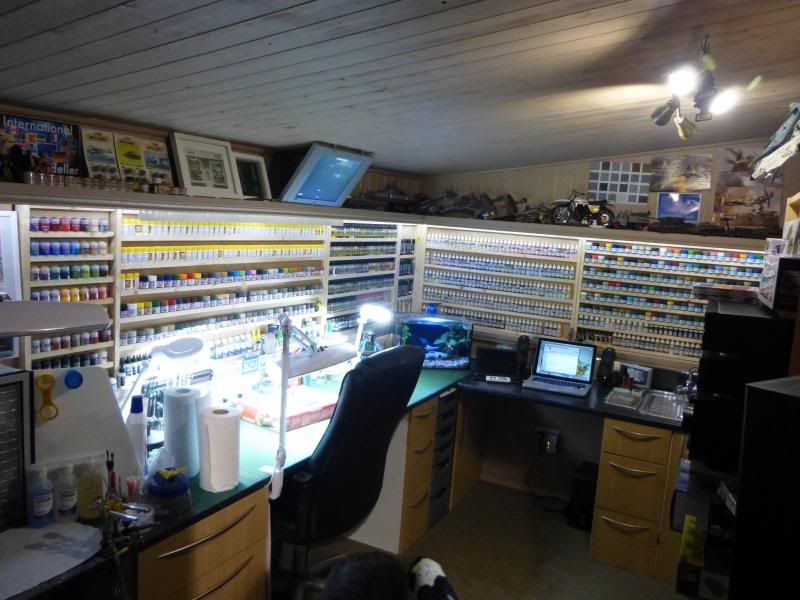Change is never easy, but change can also be good.
While it was a decision that was very carefully considered and weighed up, it's certainly not one that we made lightly so we'll explain why we made the change from pre-mixed formulas to a single pigment range
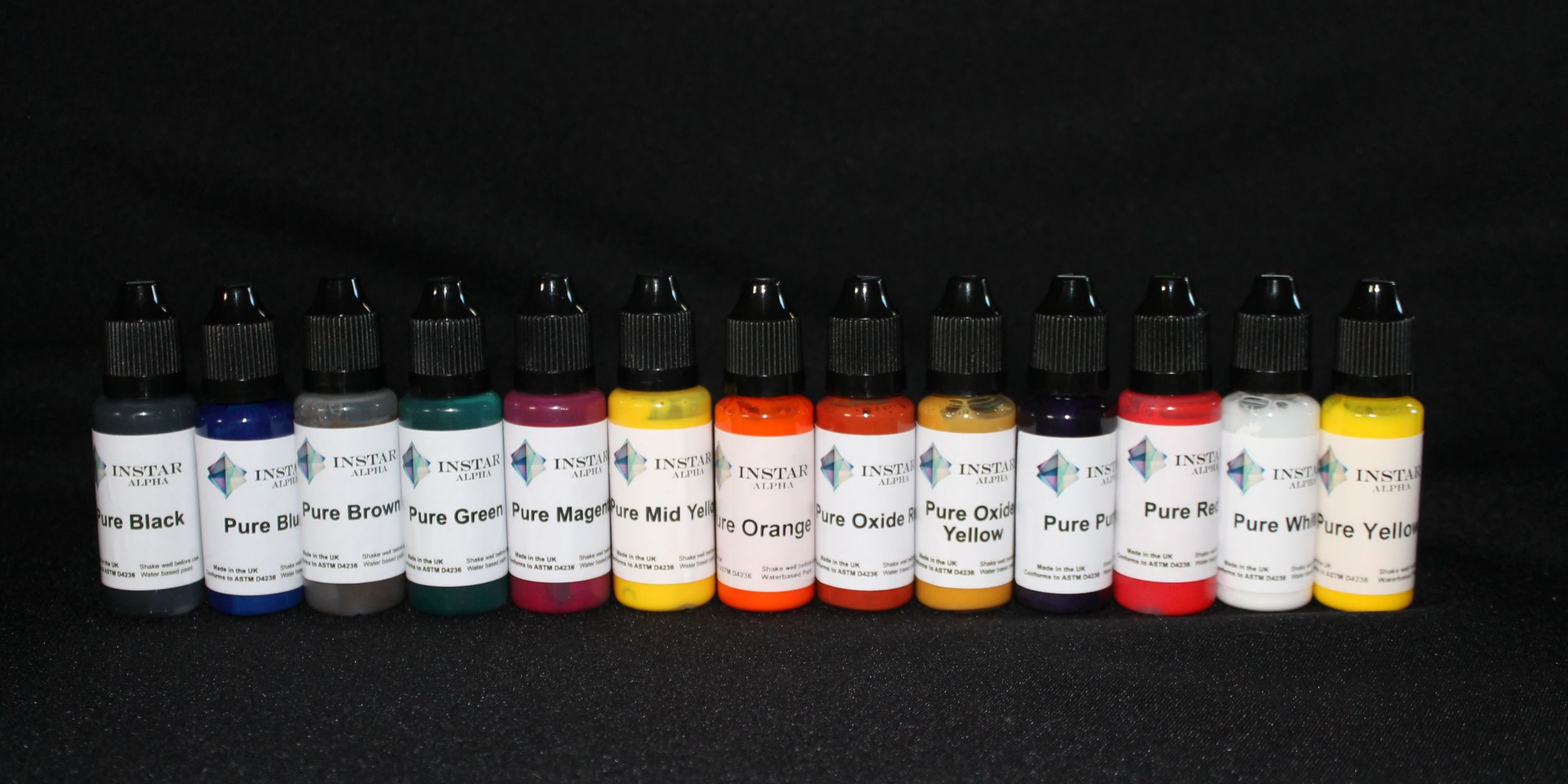
We're not a company that really follows trends but rather looks towards the future, you can see that with our Metal+ product that utilises real metal pigment to create realistic metal finishes and Alpha with it's advanced polymer technology to create a super smooth, yet super thin paint and this philosophy is the driving force of the company, we're always looking at ways to improve hobby products going against the grain.
Another driving force is our environmental impact, we're always conscious of the waste we produce and look for ways to minimise our impact, everything from simplifying packaging eliminating the use plastic and foam inserts to reusing paint waste as basing material yet there was one area that we were struggling with, but arguably the most important part of the process....the bottles
"I just want to say one word to you, Just one word...Are you listening....Plastics"
Mr McGuire - The Graduate
Plastics are arguably one of the greatest inventions of the 20th Century and literally changed the way we live, easily mouldable, cheaper to process and manufacture, lighter vehicles reducing fuel use the list goes on.....but that all comes at a price, unlike metals and wood, plastics are not easily recyclable.
That's not to say they can't be, just that some of them are harder to process than others, materials like LDPE and HDPE are really easy to recycle, but expanded polystrene isn't as it depends on local facilities, if there isn't one available and there's no way to cheaply transport it to another facility that can handle it, it just ends up in landfill.
But one thing that can't be recycled easily is paint even if the containers are recyclable, even when the paint is dried it's considered contaminated and sent straight to landfill, so every time a paint pot or bottle is used or dried up, it's automatically thrown into the trash and replaced with another pot, while terribly convenient, we figured there had to be a better way.
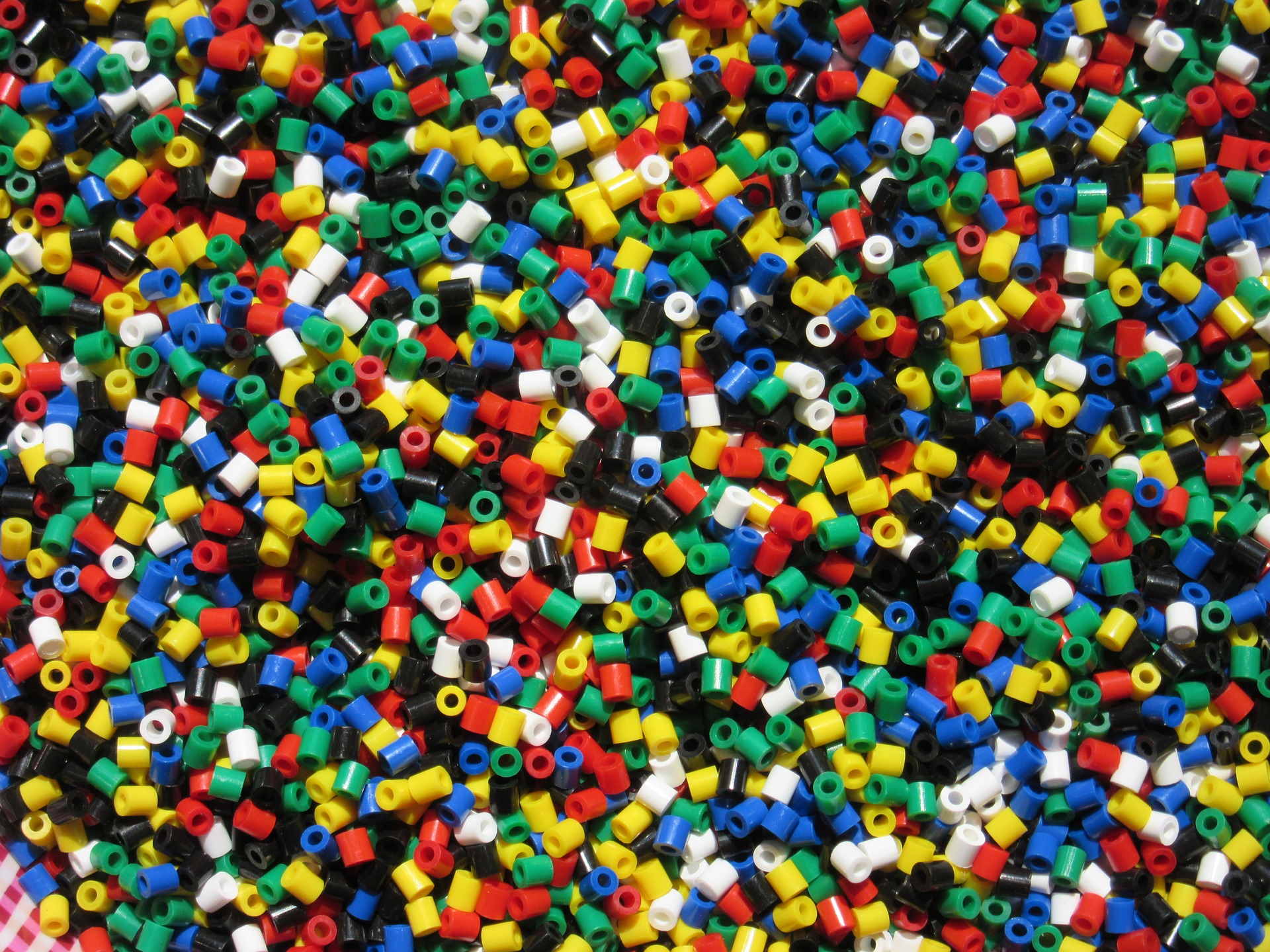
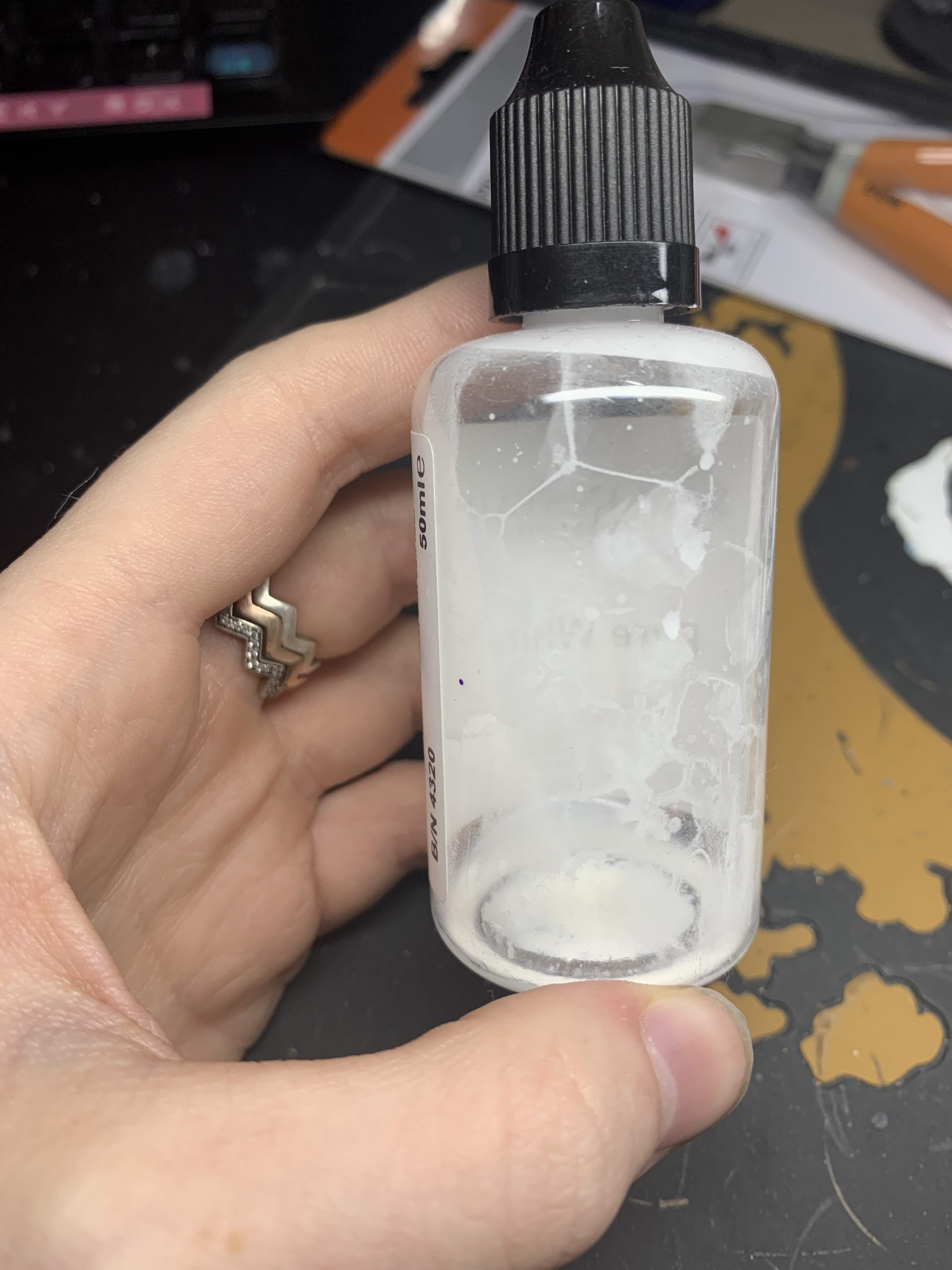
We began by looking at alternative materials and one of the first was Aluminium, but then we realised that not everyone likes paint coming in tins or pots plus the fact they can't be resealed as tightly as they first arrived so eventually the paint just dries up, but then we couldn't use metal bottles either as there would be no way to easily dispense the paint in a manner that would fit with our mixing system that we were developing at the time.
So we then looked at glass and quickly dismissed it as we would have had major transport issues as most carriers would not accept glass products, this would have led to both an increase in transport and packaging costs in an effort to protect them, plus we ran into the issue again of dispensing the paint.
So this brought us back again to plastics, we then looked at possible compostable options, but the downside of this was that if you had the paint for a while...then plastic would begin to degrade from UV radiation and then one day, you would pick up the bottle, give it a squeeze and find the plastic splitting so again that was another option that was shelved.
It seemed that we were stuck with the PET bottles that we use, but during our investigations we found that our Alpha product didn't readily stick to the sides of the bottle, thanks to its unique properties and viscosity, it didn't allow for pigment to collect easily on the inside of the bottle meaning that the contamination factor was greatly reduced, the bottle would arguably still end up at landfill...but at the same time, you also have a very clean bottle sitting in front of you.
This brings us nicely onto why we changed to a single pigment line and our mixing system. By utilising the Pure colours from our Alpha range, it was possible to create almost any colour you could think of and with extremely easy to follow recipes meant it was very difficult to get colour mixes wrong.
So long as the recipe was written down along with whatever fancy name you gave it or used the formula code, it would be easy to replicate that recipe every time and the conversion calculator would allow you to upscale your recipes to a millilitre format that would allow you to store your recipes in a larger bottle format of any size you wanted.
But the clever part was once the bottle was empty, you could refill it again. as you have a very tiny amount of paint left in the bottle, so long as the same recipe was followed, that tiny amount of paint would combine with the refilled colours and you'd have another full bottle of that colour so instead of throwing the used bottle away and grabbing a new one, the same bottle could be used over and over again.
If you can refill a plastic water bottle with fresh water every time without any issues or even thinking about it, the same principle can be applied to our Alpha line.
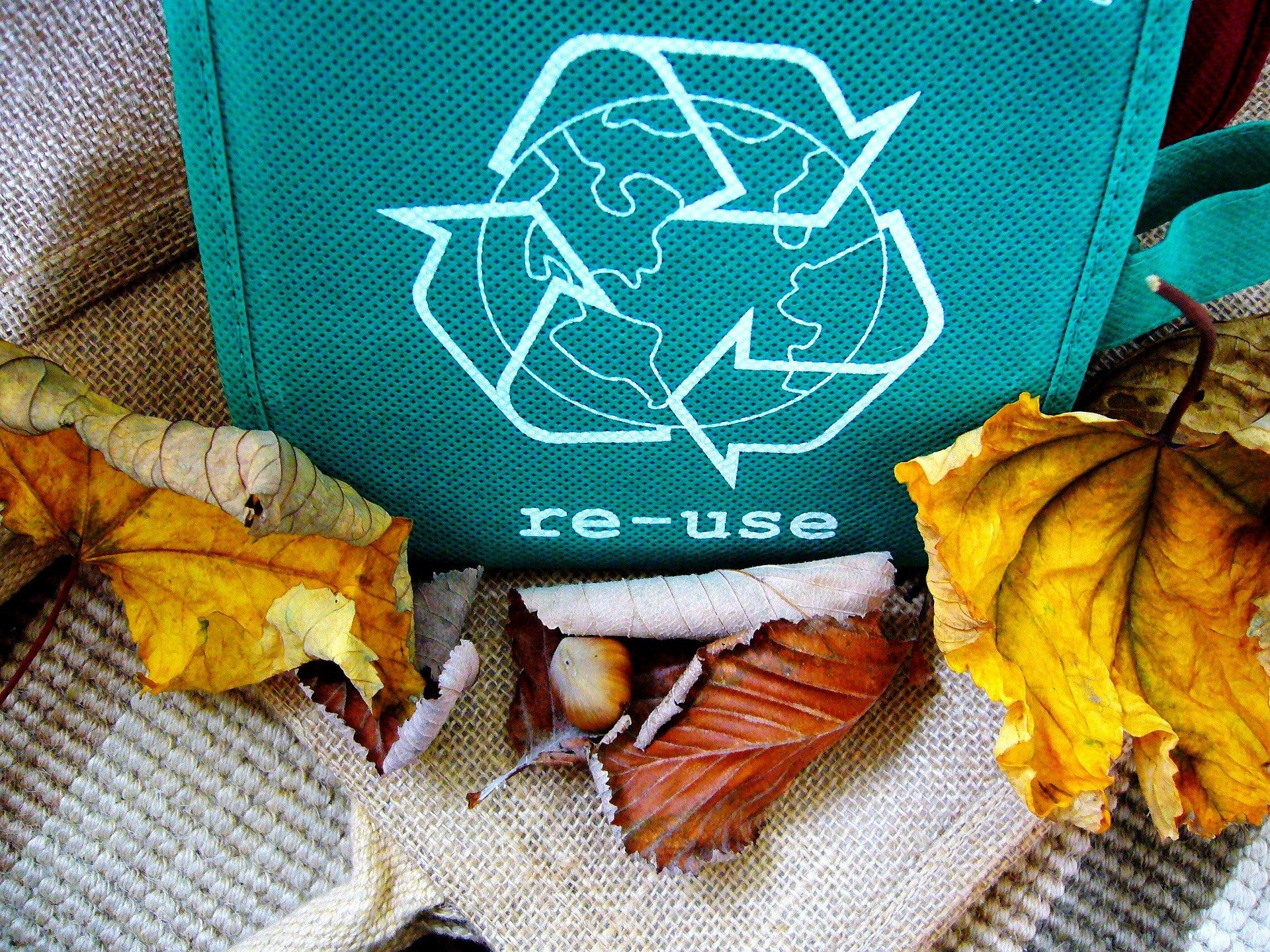
"But I don't understand the first thing about colour mixing and quite frankly, it terrifies me"
We know and we had factored into our desicion that it was going to be hard for people to accept colour mixing as a normal part of the hobby, but think for a second....
How many paints do you ACTUALLY use?
While you may see people with rows and rows of paints or those who have managed to get hold of a full retail rack, you have to ask yourself how many of those get used on a regular basis, which ones get hardly used as they are usually there for very small details and which one never see the light of day.
This is where our idea came from, for areas where you don't need a lot of paint, you can just quickly find the colour you want in our formula database, put down the required number of drops on your palette and mix it together, but if you have a whole army that needs doing, you can quickly do a test piece, see what works and then make up the bulk colours into bottles easily to save you having to mix the same colour every time on the palette as well as having the correct shade for any repair works.
But unlike other companies that promote single pigment lines, they ultimately leave you in the dark and require you to learning about colour mixing to be able to get the colours you want and we figured that it shouldn't be this way, mixing colours shouldn't be seen as something only "Professionals" can do.
That's why we evolved the colour wheel to match what our pigments can make as well as an ever growing formula database where, by using some simple filters, you can easily find the colour you need and more importantly how to make it.
